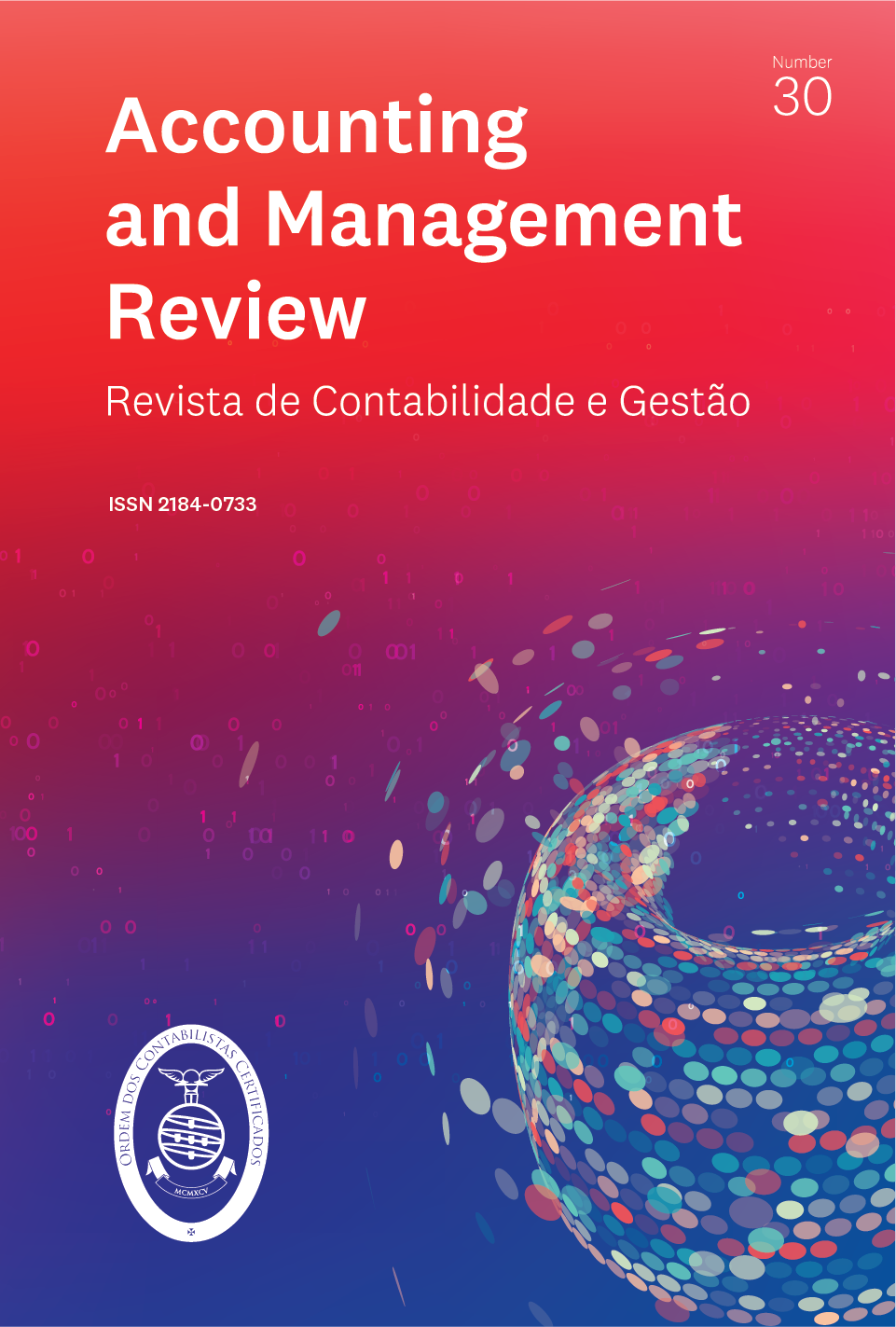Implementation of public sector accounting reform: the Portuguese case
##plugins.themes.bootstrap3.article.main##
Abstract
This research aims to analyze the implementation of accounting reform in public administration in Portugal through three studies. The first discusses the adoption of the International Public Sector Accounting Standards (IPSAS) in the public sector in developed and developing countries, identifying differences in constraints and stimuli to implementation. Through a systematic review of the literature, it was identified that there are differences between constraints and stimuli in the implementation of accounting standards between developed and developing countries. In developed countries, the lack of training stands out as the main constraint and modernization is a stimulus for the implementation of the reform. In developing countries, the greatest constraint is the limitation of financial resources, with external and internal pressure as a stimulus. The second study analyzes the factors that influence the implementation of accounting reform in central public administration in Portugal and how this implementation affects transparency in organizations. The results, obtained through questionnaires and analyzed using the structural equation model and the application of the comparative qualitative analysis of diffuse sets, show that the most important positive factor is the experience and involvement of the teams, with the involvement of professional organizations being the factor with the greatest negative impact. It was also concluded that the implementation of the accounting reform results in greater transparency in the public sector, effectively achieving one of the main objectives of the reforms driven by IPSAS. Finally, the third study analyzes the impact of the implementation of the management accounting reform on the central public administration in Portugal and how it affects control, transparency, and management reporting within these organizations. The results, analyzed using a structural equation model, show that the reform has a positive effect on increasing the quality of management reporting and the transparency of public administrations, as well as contributing positively to increased control in these organizations.
##plugins.themes.bootstrap3.article.details##

This work is licensed under a Creative Commons Attribution-NonCommercial-NoDerivatives 4.0 International License.
License Terms

